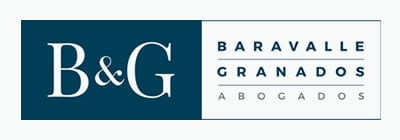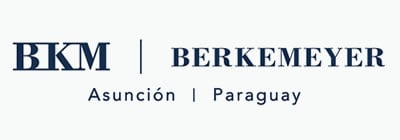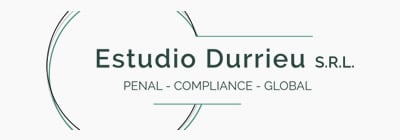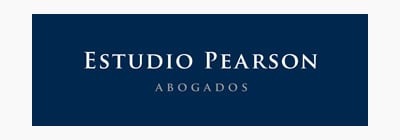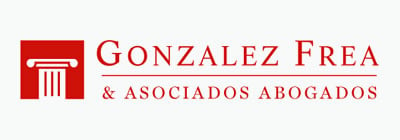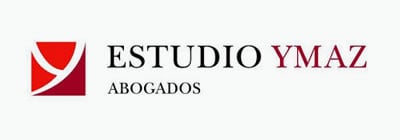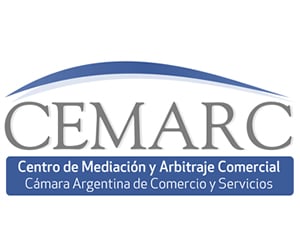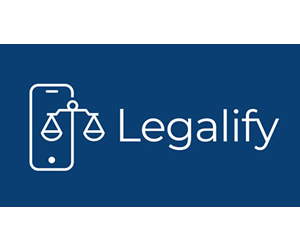The quest to not only retain clients, but to acquire new work, can be daunting. It has been well documented that the legal pie, from a relative perspective, is shrinking. The recent recession caused many companies to rethink their legal spending strategy. For example, some litigation that normally would have been fought through trial/appeal has more frequently been settled early or not even filed. Some deal work that typically would have been sent to outside counsel was kept in house or may not have even been pursued if it was deemed too costly. These are but two examples of changes that may be harbingers of longer-term trends that are likely to have major impacts on law firms.
The battles, then, among law firms for work have thus taken on increased importance. As a result, many firms now have their own business development staffs, and lawyers often are given training in the art of pursuing work and developing client relationships, which are positive steps. Although many articles, books and programs have been devoted to business development -- many of which are quite useful -- this article aims to cut through all that material and will focus on five key tips to help increase your odds of landing that business that your firm is pursuing.
1. How to effectively deal with RFPs.
The use of RFPs (requests for proposal) by in-house counsel has been on the rise in recent years. From the in-house counsel's perspective, the use of carefully crafted questions can considerably streamline the requisition process, helps to put firms on equal footing, and normally enables one to make a more informed decision.
While law firms that are invited to participate are happy to be in the chase, most have learned that RFPs have downsides, as they can be an incredible drain of time and resources, and quite often, despite how qualified a firm may be, do not result in the firm securing the engagement. So, what is a firm to do?
It is important, initially, to be ive in determining which RFPs merit a response. If a sober evaluation of the situation reveals that the odds are very long that the firm has a realistic chance to be hired, and a formidable amount of work awaits in responding to a 50-plus-page RFP, with 75 subparts, it may be prudent to pass. This is especially the case if the response process pulls key lawyers and staff away from revenue-producing activities and other business development options with higher odds of success.
If the firm elects to respond, it needs to go "all in," as a half-hearted effort will not only prove to be a waste of time, but will likely cheapen your brand. The more responsive, and particularized, the answers that you can provide, the better. Attempts to cut and paste general answers from other RFPs that are not precisely on-point or to otherwise provide canned responses are unlikely to be well-received.
It is helpful to attempt to put yourself in the position of the in-house lawyer or other professional who will be reviewing your responses. In so doing, think about what would grab your attention and would enable the reader to truly differentiate your firm from other competitors. If you keep that goal in mind while you are preparing your responses, it should be beneficial.
2. Make a "value-plus" pitch.
If you are invited to make a pitch, it is time to seize the moment. I have some specific tips for the presentation, which are enumerated below. At a macro level, though, the key objective, in thinking about how to prepare your pitch, is to do much more than show up to reflexively recite your marketing spiel about how wonderful your firm surely is. As a former general counsel, I sat through many such meetings in which outstanding firms waxed on (and on) about how great they were (which I didn't doubt). As there are so many excellent firms and terrific lawyers around the globe, I never found that strategy to be compelling, especially since it didn't differentiate the firms and lawyers.
Firms and lawyers that moved the needle, and ultimately got the work, were those that did their homework, gave critical thought to the matter at hand, and exceeded expectations (my "value plus" concept) by offering suggestions as to future actions. For example, if handling a major piece of litigation was at stake, firms that were hired typically shared a few insights as to strategies we might want to employ, examples of verdicts or key settlements that may come into play, background on the assigned judge, etc.
In so doing, we did not expect that the outside lawyers would lay out an entire strategy, as that would surely be overreaching and unfair to them. Nevertheless, devoting some extra time to critically assess the situation and offering some observations were always greatly appreciated. Those actions told us that the firm really wanted the work, would put in the time to do a great job, and would go above and beyond to help us, which frequently led to them being hired.
3. "Read and react" at the presentation.
It always behooves you to get an agenda, if possible. Although you likely can predict the topics of interest, there are often surprise factors that are important to the client that would have been difficult for you to anticipate, especially if this is a company your firm has never represented.
A key misstep that even terrific lawyers make is to be too closely tied to the materials they prepared or the presentation that they were ready to make. Even with an agenda in place, in-house counsel, or especially their business executives (if they happen to be present), often go off script early in a meeting to explain what they are looking for or their pet peeves. I have similarly been involved in many of these situations where my former companies' leaders laid out what they wanted and why those objectives were important. Despite having received this road map to victory, there were quite a few firms that ignored it and veered off course by vigilantly adhering to the points and materials they had prepared.
My recommendation is, if possible, to forgo launching into your pitch at the outset of the presentation. Get the in-house counsel and executives to talk first -- after the initial introductions are made and all the small talk on last night's game or discussion of the news item du jour is over. Listen very carefully to what is said, and, much like a defensive football player "reads and reacts" to what the offense does, similarly try to respond to what you just heard.
I realize how hard that may be, especially if it entails suppressing all that information you prepared. The objective here is to win, i.e., to get the work -- not to impress everyone with how much work you did before the meeting. In that regard, you will be much better served by responding to what you heard, as that is what is important to the client. You can always leave behind your prepared materials (assuming they don't contradict what actually was discussed). If they stay buried in your briefcase, and you ultimately get the work, that is a trade-off you should be willing to make every time.
4. Be judicious in ing your presentation team.
You should always keep in mind that most in-house lawyers spent time in law firms at some point in their careers. Consequently, most have an appreciation for the jockeying that often unfolds as to who is going to get credit, and in what amount, if the work is actually landed.
In light of this, make it a strict rule that all the turf wars and origination positioning do not, in any way, seep into the presentation. Pick your team carefully and bring the key lawyers who are most likely to handle the matter at hand. I strongly recommend including a go-to associate who is likely to work closely with the client on a daily basis. In-house counsel are fully aware that they may only rarely see the lead partner who is at the pitch, but that key associate is someone with whom they will frequently interact, so meeting him or her is important.
It is a plus to bring a managing partner if he or she excels in pitches. This demonstrates how important the company may be to the law firm and is often well-received. If you happen to have a managing partner who is not comfortable in such settings and is not additive to the meeting, the better course of action, if political realities protect you, is to leave him or her home.
In that vein, I would preclude all others who are not likely to work on the matter. It often meant little to me, and, in fact, frequently hurt a firm's presentation, when it brought a department chair with whom I would rarely, if ever, work. And, of course, leave those lawyers behind who may have some claim to originations, but have no direct connection to the work that is being pitched. Your firm can handle those matters internally -- don't bring them into the meeting room.
5. Send the message that you want a long-term relationship.
Even though the pendulum of power has clearly swung to the side of the in-house lawyer today, they know the value of building long-term relationships. Despite the plethora of great firms and lawyers, there is value to an in-house lawyer in forming strong relationships with law firms that have achieved excellent results for them and know their company well. This is especially the case when the in-house lawyer knows that the firm will consistently pull its top lawyers to work on their matters.
It thus is important to send a sincere message that your firm wants to build a long-term relationship and its interest goes beyond the pitch at hand. Committing to keeping your team together, if at all possible, should score points, especially if you can point to low attrition in your firm. Stressing that your firm is willing to make an investment in getting up to speed, even if it means eating some time, should also resonate. Finally, make a vow, and live up to it, that you will do your very best to eliminate surprises. Your client, even if he or she's the general counsel or a CEO, has someone to answer to and can be embarrassed when those surprises that could have been avoided, or at least minimized, are not promptly brought to their attention.
There is no guarantee that doing all these things will result in getting any specific piece of work. However, I fundamentally believe that consistently following this course of action will pay dividends over time.
By Frank Michael D'Amore
The Legal Intelligencer
Opinión


opinión
ver todosAGUIRRE SARAVIA & GEBHARDT ABOGADOS
PASSBA
Kabas & Martorell










